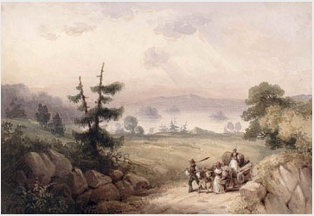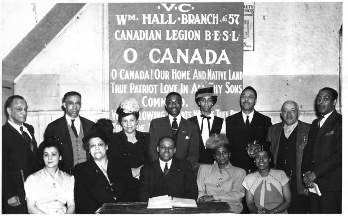dohr.ca
/1
/2
/3
/3
/7
/10
/14
The British government borrowed £20 million to compensate slaveholders for their loss of property. The money was not paid back until 2015
/18
/20

/28
In 1983 Mary E. Cornish Memorial School in Lincolnville was the last segregated school in Nova Scotia to close.
/29
/35
The NSHCC ruled that the HRP Constable Stanford’s treatment of Johnson was “infected by a racial stereotype of black male criminality.”
/37
Has much changed since 2003?
/38
Connect with the Black community in your community/region/province to learn more.
These are not "hidden histories" and are there to be investigated.
/40
/41
albertashistoricplaces.wordpress.com/2015/02/12/afr…
/42
/43
/44
cbc.ca/news/canada/ed…
/45
Well-attended Ku Klux Klan convention in Memorial Hall, Edmonton, 1932. (City of Edmonton Archives)

Governor General’s History Award for Excellence in Community Programming for their oral history project that documented stories of African Americans who settled in Alberta from 1905-1912.
canadashistory.ca/awards/governo…
/46
vimeo.com/257364347
/47
The "Father of BC" Sir James Douglas was born in British Guiana to a free woman of colour and a Scottish Merchant.
In 1858 Douglas invited approx. 800 African Americans to settle on Vancouver Island and Salt Spring Island.
/48





























